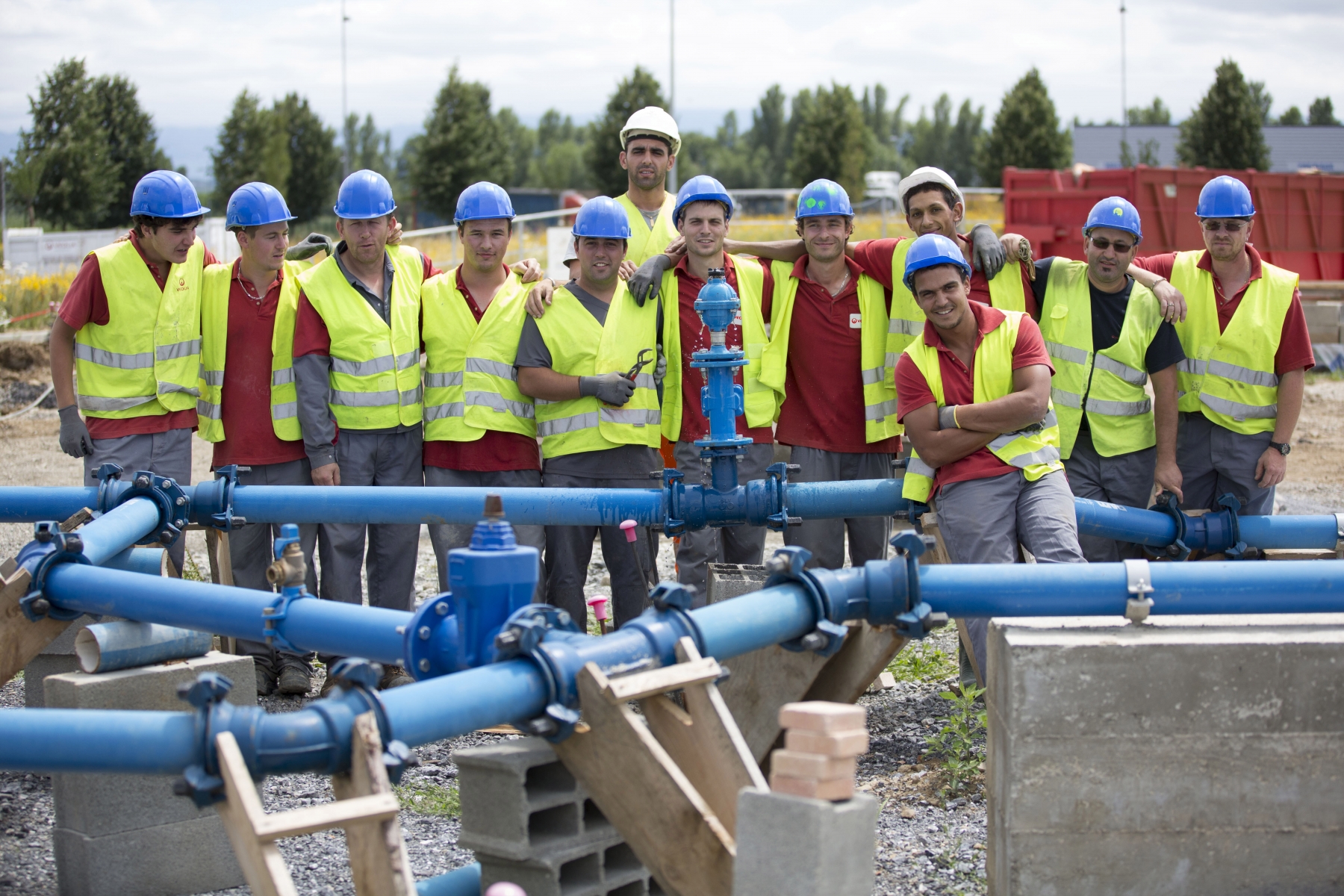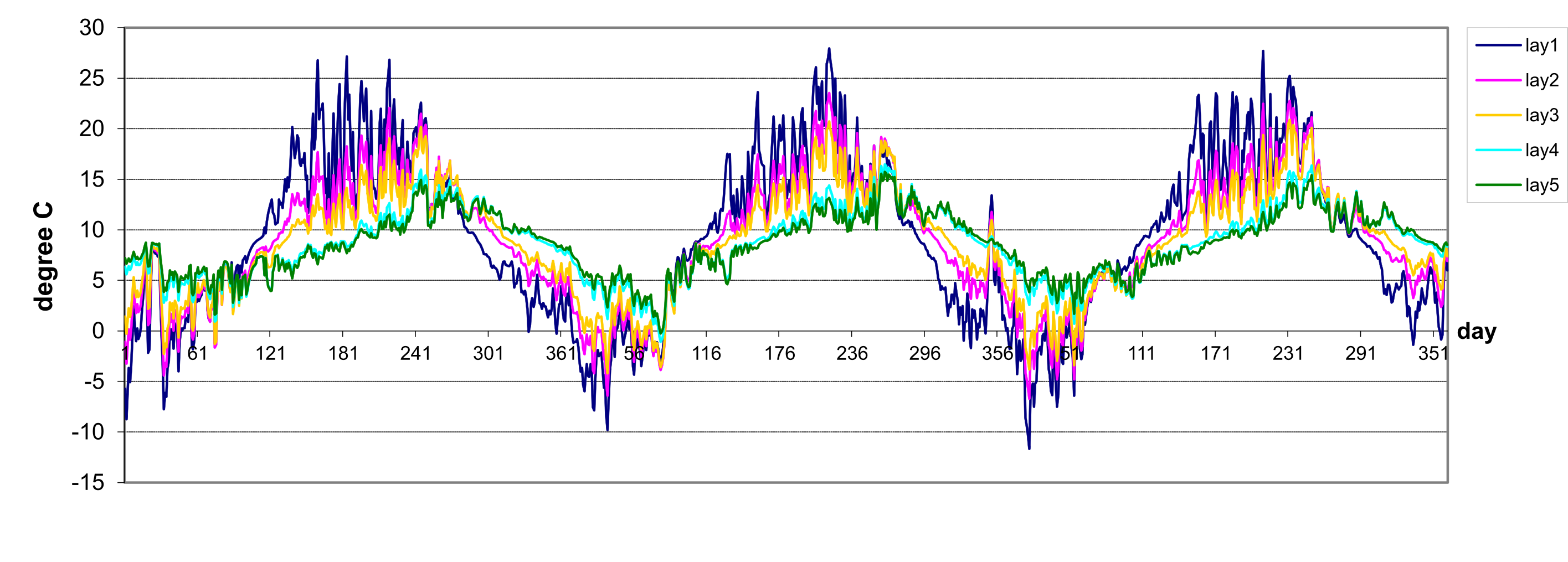
Furthermore, fragmented service provision by municipalities was to be consolidated in regional utilities that were expected to be more efficient. Investments in wastewater treatment and bulk water supply were to be planned in a more rational way within the boundaries of river basins. On the other hand, service providers were to become more efficient, reducing recurrent costs and non-revenue water so that a higher share of their revenues would become available for investments to maintain and improve service quality. In order to make this possible, on the one hand tariffs were to be increased. These investments were to be financed by the water service providers using their own resources instead of government subsidies. In order to comply with the EU Wastewater Directive of 1991, new expensive investments in wastewater treatment were necessary in addition to investments needed to maintain the ageing infrastructure. Furthermore, wastewater was often being discharged without treatment or with insufficient treatment. The latter was particularly poor in Southern Italy where water supply was often intermittent. However, because of high debt levels the government was less and less able to provide the subsidies to maintain the existing infrastructure and to improve service quality. Furthermore, Italian utilities often provided and still do provide water at public fountains for free. Tariffs were accordingly much lower than for example in France or in Germany. Investments were typically financed through government subsidies, while recurrent costs of service provision were covered by tariff revenues. Municipalities were both service providers and regulators, creating a conflict of interest. There are many public fountains in Italy that provide drinking water for free, such as the Granforte fountain in Liunforti (Sicily) shown here.īefore 1994, the Italian water and sanitation sector was highly fragmented with about 13,000 local water and sanitation service providers, often providing water and sewer services separately in the same locality. However, investment levels and efficiency still remain low, putting service quality at risk. More than twenty years after the passing of the Galli Law, regional utilities have been created and regulation is in the hands of regional governments that are separate from the utilities.

The law aimed at consolidating municipal service providers into regional utilities, separating service provision from regulation, achieving cost recovery from tariffs, and improving efficiency. The Italian government has embarked on a bold reform process of the Italian water sector by passing the Galli Law in 1993. It also makes it hard to improve service quality where necessary, such as in parts of Southern Italy where water supply is intermittent, or in areas where drinking water is naturally contaminated, such as in parts of Latium. However, because of high debt levels the government has been unable to sustain these subsidies, and investments thus have declined to a level that may make it hard to sustain service quality with an ageing infrastructure. The relatively low water tariffs had been made possible by government subsidies for investments. About one third of the water withdrawn for municipal supply is not billed to the customers because of leakage, malfunctioning water meters and water theft. Most water withdrawals are for agriculture and industry, with only 18 percent of water withdrawals made for drinking water supply.

Water resources in Italy are distributed unevenly, with more abundant resources in the North and scarcer resources in the South. With about 240 liter per day, per capita water use for residential uses in Italy is higher than in Spain or in France, where it is about 160 liter per day. According to the OECD, water in Italy has been underpriced for a long time.

For example, the average monthly residential water and sewer bill in Italy is 20 Euro compared to 31 Euro in France. Water supply and sanitation in Italy is characterized by mostly good services at prices that are lower than in other European countries with similar income levels. Regulatory Authority for Electricity Gas and Water ( L'Autorità per l'energia elettrica il gas e il sistema idrico), 20 regional governments and 120 provincial governmentsģ,351 (2009), including 91 integrated regional utilities serving the majority of citizens as well as numerous smaller municipal utilities and municipalities Ministry of Environment ( Ministero dell'Ambiente) Self-financing by utilities and government subsidies Overview of the water supply and sanitation in Italy Italy: Water and sanitationĪverage urban water use (liter/capita/day)Īverage urban domestic water and sewer billĪnnual investment in water supply and sanitationĦ00m Euros/year (ca.


 0 kommentar(er)
0 kommentar(er)
